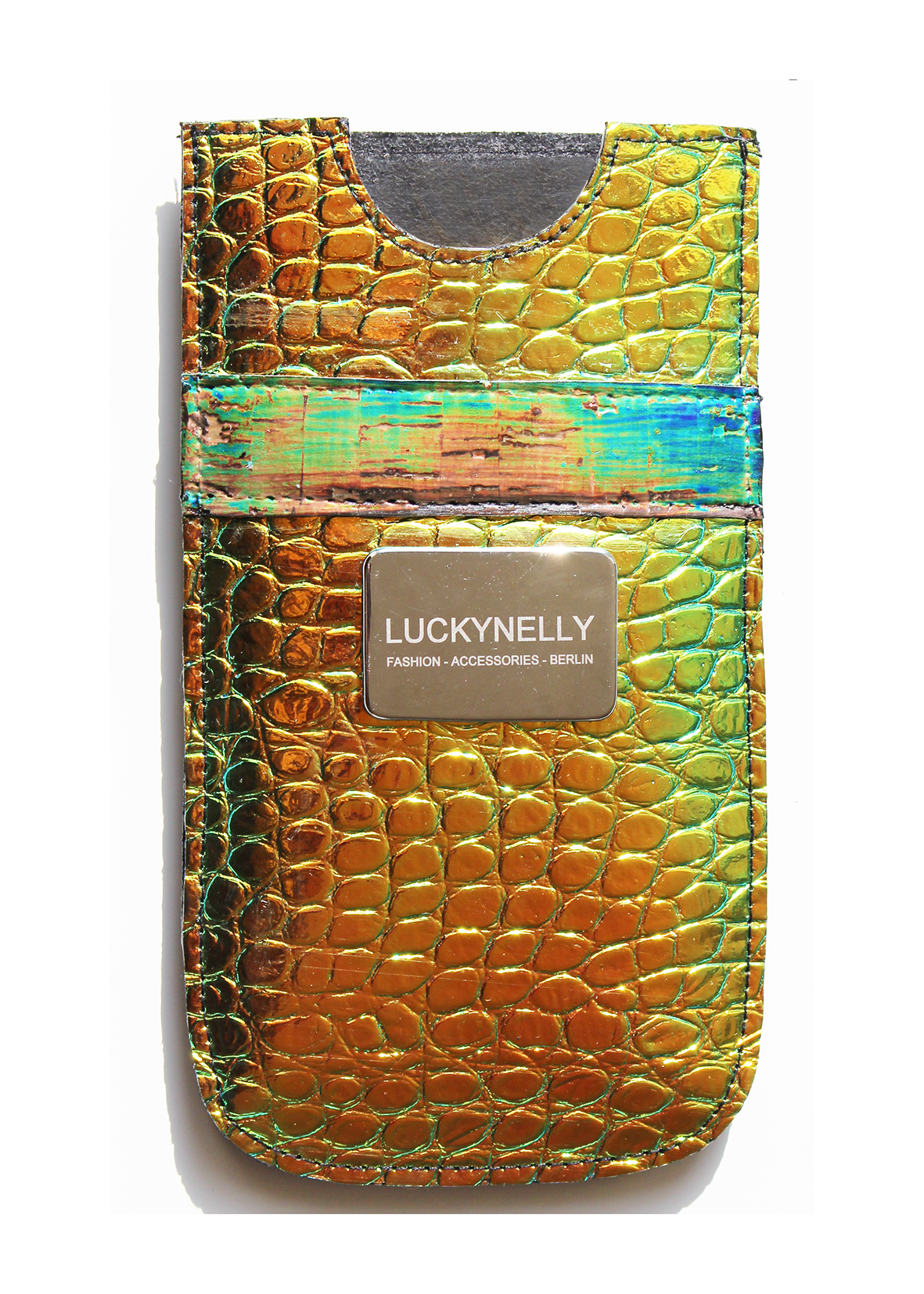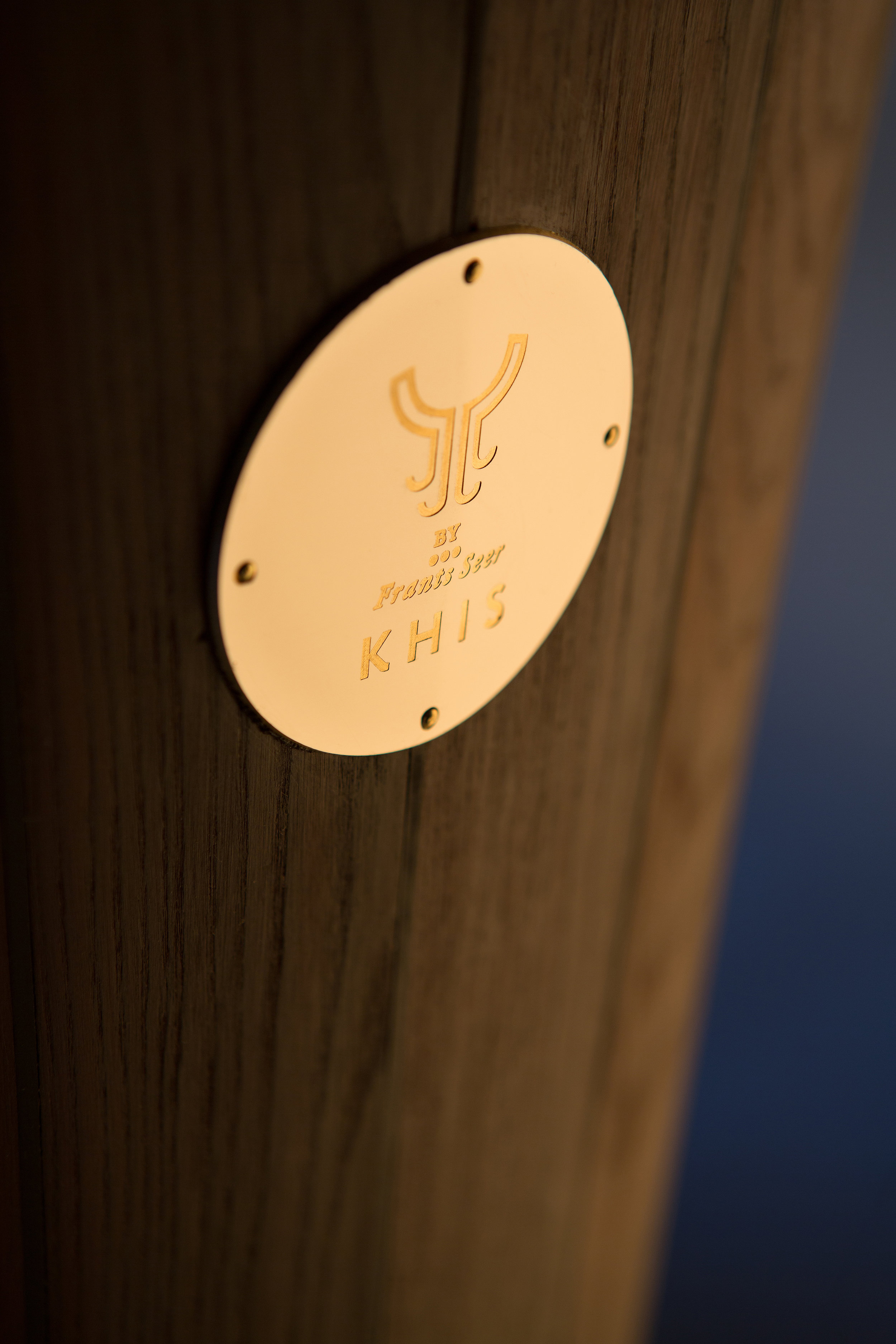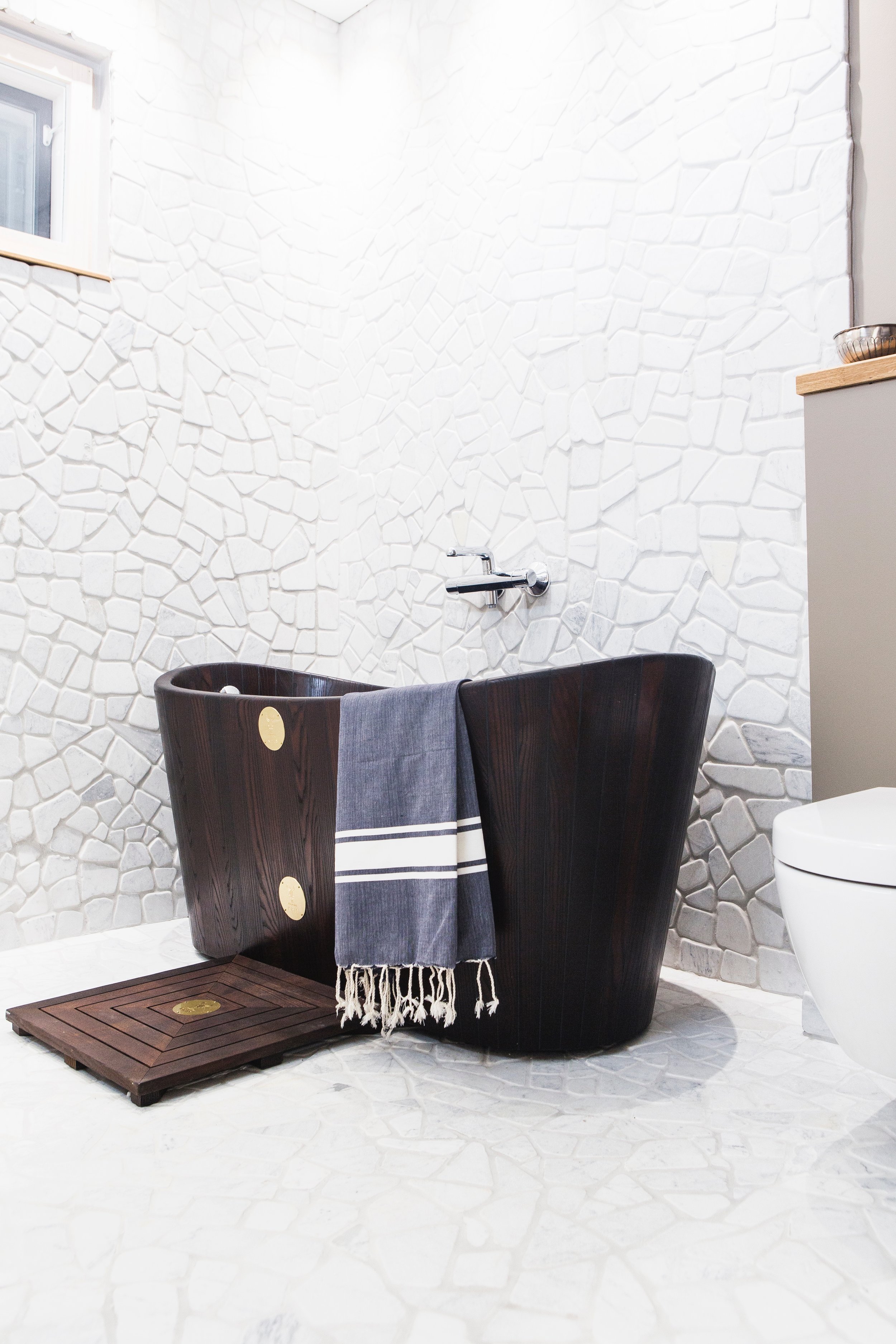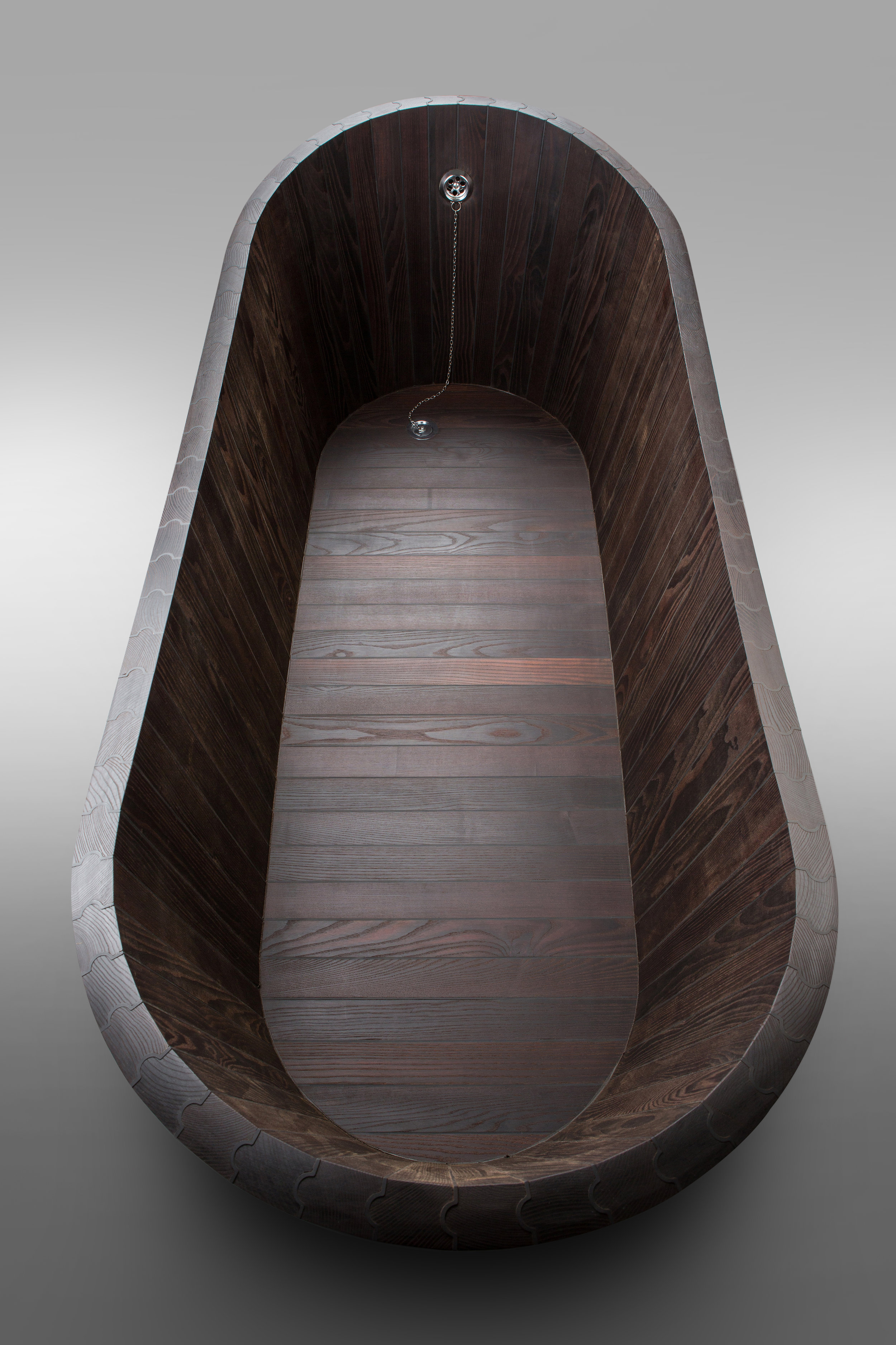Studio August SS17.
I accidentally travelled to Paris one March weekend, only to discover that in addition to the buzz and bravura of another frivolous fashion week prevailing the city the attendance of which I (despite my rigorous attempts) failed to escape, there was an opening event of BMA (Brand Management Agency) showroom in the upbeat Le Marais district one Friday night. Further to my amusement, two dynamic Estonian brands had already been picked up by the new agency! Sustainable, yet immaculately classy Studio August, bringing together GOTS-certified fabrics and blissfully harmonious, symmetrical lines, among them. So, I sat there (with a glass of Savignon Blanc in one hand), carefully caressing and admiring these elegant Nordic designs from Studio August's new mindfully-crafted collection, communicating the very essence of 'Parisian chic'. The pieces that had travelled all the way from Nordic Estonia to our favourite fashion capital, of course. That encounter passionately fueled my genuine interest in Estonian sustainable fashion, let alone, I immediately yearned for an inspiring one-to-one with the head designer, Äli Kargoja, to keep myself on the pulse of the diligent and humble, yet rapidly evolving and incredibly sought-after Nordic sustainable fashion scene.
How did your journey of becoming a designer take shape?
This journey was a rather natural one for me, I knew for a long time what I wanted and everything I did was shaped towards this vision – creating my own line of clothes. My first experience in the industry started as a model, doing shows, showrooms, photo shoots, fittings etc. I had the opportunity to move to Paris and I didn’t hesitate even once on wanting to study there. I enrolled in Studio Bercot fashion school, and these were the most important years of me becoming a designer. My creativity bloomed incredibly during these 3 years. To this day, I am very grateful to my teachers for all their work and support. Life then took me under the talented hand of Nicolas Andreas Taralis and from there to an internship in sales team at Maison Martin Margiela. I designed my first collection for August in 2014.
What were the main cornerstones August was based on? What was the main outlook for you since its inception?
The main outlook was firstly rather selfish - to express myself creatively and do what I love. As an admirer of minimal aesthetic, I definitely saw lack of that style in my home country. That’s one of the many reasons I decided to base myself here [in Estonia] in the beginning. Another reason was lack of mindfully made sustainable clothing lines in the world in general, to this day.
Studio August SS17.
Also, sustainable fashion is clearly something quite novel in the Estonian market. How did you find your way to sustainable fashion?
I find that it’s a strong value for a clothing brand, definitely something to stand out with. It's also good to have a more meaningful mission, rather than just starting another clothing label – to give people the choice to consume consciously.
Who is the woman August is meant for? Wrap it up in a sentence.
August’s customer is a confident woman, who expresses her being, choices and way of thinking/consuming also through the way she dresses. A woman who appreciates comfortable everyday classics with an edge and to whom sustainably made clothes and certified organic fabrics make a huge difference.
Studio August SS17.
How did your brand find its way to be represented by BMA in Paris? What are the larger goals and opportunities being part of this project brings?
We were contacted by BMA agency about 6 months ago. It brought us a lot of useful feedback from the buyers all around the world. It will surely play its role to help August reach more customers eventually.
What are your prospects on the international marketplace? How does this idea of 'Parisian chic' tie in with your brand and collections?
As I mentioned earlier, the most important growth for me as a designer took place in Paris during my school years, so it must have injected a fair amount of Parisian chic into my designs as well.
What would you like to bring out as a highlight of your journey as a designer? What would you still like to improve?
I'd like to think I am improving every day. The highlight was the decision to stay true to what I love doing the most, to have the courage to take the beautiful challenge of creating my own line.
"It's also good to have a more meaningful mission, rather than just starting another clothing label – to give people the choice to consume consciously."
Studio August SS17.
At BMA opening, many of us went like, 'Oh, this is like COS, but better'. What's your viewpoint on that comparison?
COS has beautiful designs. I like their pure Scandinavian aesthetics. But I do try to stand out with my selection of fabrics and also with the sustainable idea behind the brand.
Is there anything you'd like to see changing in the Estonian fashion system?
I hope to see changes in the behaviour of the consumers, not only in Estonia. To choose well, there has to be willingness to pay more money for quality that lasts, and avoid fast fashion chains that provide shirts for 7€. A change in consumer behaviour will force changes up on producers and, further along, the ways our clothes are created.
Studio August SS17.
What are your personal tips for consuming less and being a more mindful shopper-consumer?
Listen to your conscious! Buying a T-shirt for 7€ means that someone in that production chain has suffered one way or another. In some unfortunate cases even passed away because of tragic accidents, like Rana Plaza in 2013.
Who have been your main influencers in your journey as a designer?
I can’t point out a particular person of influence. All the people dear to me have a part in it one way or another.
Studio August SS17.
"A change in consumer behaviour will force changes up on producers and, further along, the ways our clothes are created."
Share a thought with us about the future of responsible fashion.
I am convinced that responsible fashion is not a passing trend, but something permanent to stay. Consumers have a growing interest not only towards the clothing, but also towards the values and identity behind the brand. It is important that conscious clothing brands put more emphasis on creating clothes that are stylish and pleasing to the eye to change the stereotype of sustainable clothing being something only for yoga lovers.






































